Sylvania Flashlights, batteries and acessories

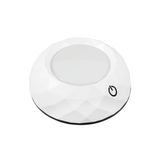
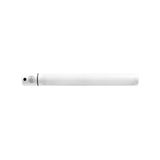
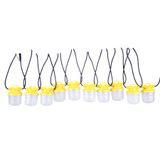


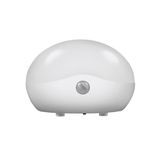
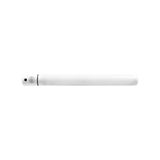
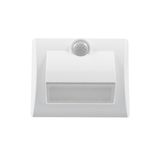
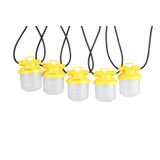

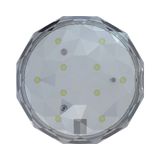
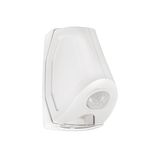
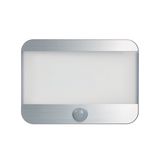
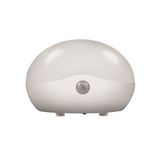
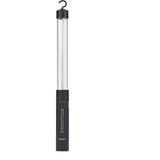

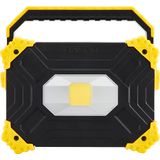
sylvania flashlights and batteries for field maintenance
Portable gear matters when crews move between risers, rooftops, and plant rooms. The range spans inspection pens, compact work lights, and high-output torches with consistent switch logic and charging ports across models. Heads use TIR optics for tight spots and wide diffusers for area tasks; bodies are aluminium or reinforced polymer with gasketed seams. For fleet rollouts, sylvania flashlights and batteries help standardise lumen classes, charging leads, and holsters so van stock stays lean and crews don’t juggle mixed parts.
sylvania led flashlights optical output and build
Expect 200–3,000 lm classes with regulated drivers that hold brightness rather than peaking briefly. High-CRI (≈90) options render wiring colours accurately; beam profiles include narrow throw for cable trays and flood for panels. Typical ratings: IP54–IP68 ingress, 1–2 m drop resistance, −20…+50 °C operation, knurled grips for gloves. Thermal step-down is gradual to avoid sudden dark spots. Specifiers choose sylvania led flashlights when inspection quality, stable output, and predictable runtimes matter more than headline lumen spikes.
sylvania rechargeable torches power and charging
USB-C is standard on most housings; docking bases are available for vehicles and workshops. Packs are 18650/21700 Li-ion with protection PCBs; charge management covers trickle/CC-CV with status LEDs. Typical runtimes: 2–8 h at work levels, much longer on inspection modes; boost modes are time-limited. UN 38.3 transport data and IEC 62133 cell compliance are documented for corporate HSE. Facilities adopt sylvania rechargeable torches to cut alkaline waste and keep charging practices uniform across depots.
sylvania portable lighting applications and environments
Technicians need different form factors: clip-on pens for switchboards, magnetic work lights for lift pits, and headlamps for hands-free tasks at height. Chemical plants call for solvent-resistant housings; outdoor teams need IP66/68 with sealed USB flaps; security rounds prefer long-throw beams. For tunnel or basement work, red and low-mode presets protect night vision. Project managers specify sylvania portable lighting where mixed tasks must be covered without mixing chargers, cables, and mounts.
sylvania flashlight accessories mounting and service kits
Holsters, helmet clips, magnetic bases, diffusers, traffic cones, and silicone dust caps share diameters across series; spare O-rings and lens windows ship in service packs. Vehicle racks lock heads without compressing gaskets, and panel-mount cradles include anti-rattle pads. For compliance teams, laser-etched asset IDs and QR labels speed audits. Maintenance lines stock sylvania flashlight accessories by lamp diameter and mount type so crew kits remain consistent across shifts.
sylvania battery packs logistics and lifecycle
Field packs are hot-swappable on selected bodies with keyed connectors; charge cycles typically 500–1,000 to 80 % capacity depending on depth-of-discharge. Storage guidance: 30–50 % SOC, 10–25 °C, periodic top-ups logged by fleet software. Packs carry PTC/PCM protection and traceable batch codes. Procurement tags sylvania battery packs by chemistry, capacity, and connector family to keep replacements clean during audits.
sylvania handheld lights selection for B2B buyers
Start from the task and mounting: headband, magnet, clip, or tripod. Lock beam type (throw vs flood), lumen class, CCT/CRI, and continuous runtime at the required level—not the boost figure. Confirm IP/IK class, glove-friendly switches, and low-temperature performance. Decide charging model (USB-C vs dock), spare-cell policy, and whether intrinsically safe variants are needed. Schedulers record sylvania handheld lights on the asset list with lumen class, pack type, and accessory kit to stabilise spares and training.
Technical specifications and standards
- Electrical/optics: regulated drivers; 200–3,000 lm classes; beam angles 10–120°; high-CRI options for wiring colour checks.
- Power: 18650/21700 Li-ion; CC-CV charging via USB-C or dock; charge time and cycle life declared per pack.
- Mechanics/IP/IK: IP54–IP68 typical; 1–2 m drop; aluminium or reinforced polymer; sealed switches; anti-roll profiles.
- Environment: −20…+50 °C; conformal-coated boards on heavy-duty models.
- Compliance: IEC 60529 (IP), IEC 62133 (cells), UN 38.3 (transport); CE/EMC to EN 55015/EN 61000-3-2 where applicable.
- Safety features: thermal step-down, lock-out mode for transport, reverse-polarity protection.
Applications and compatibility
- Electrical rooms: high-CRI inspection modes, slim heads for tight panels, magnetic bases for hands-free work.
- FM/security: long-throw beams and extended runtimes; holsters on uniform belts.
- MEP service: flood work lights with tripod threads; diffusers for ceiling voids.
- Outdoor maintenance: IP66/68 bodies, sealed ports, gloves-friendly puck switches; red beacon cones for traffic control.
Integration with other Sylvania categories
Docking chargers can share 24 V vehicle rails with Sylvania beacons; label frames match the brand’s luminaire asset tags for unified inventories. For emergency rooms, keep spare cells and indicator boards in the same binning logic used for Sylvania emergency units to simplify audits.
Selection checklist for procurement
- Define lumen/range at continuous mode, not boost.
- Fix CRI and CCT for wiring work.
- Choose IP/IK class by site conditions.
- Decide charging: desk dock vs USB-C; spare-cell policy.
- Kit mounts and diffusers per team role; log EAN/MPN and asset ID.
Advantages of working with Bankoflamps
Pricing aligns to crew bundles and we show live EU stock before shifts are scheduled. Quotes land in roughly an hour with EAN/MPN so variants stay locked. Your portal tracks lead times, shipment status, and downloadable price lists with planning-grade validity windows. Approved accounts can use post-payment up to 30 days. We consolidate partials to cut freight, and your account manager cross-checks lumen class, runtime requirement, IP/IK, charging method, mount kit, and spare-cell policy against your SOPs so cartons arrive site-ready across France, the Baltics, Germany, Spain, Italy, Belgium, and the Netherlands.